Sunday, April 7th, is World Health Day. The goal of this annual global campaign is to promote access to good health and healthcare for all people, all over the world.
Part of the campaign is focused on helping individuals and health care providers understand more about protective factors for good health, including nutrition, exercise, lifestyle and stress reduction.





